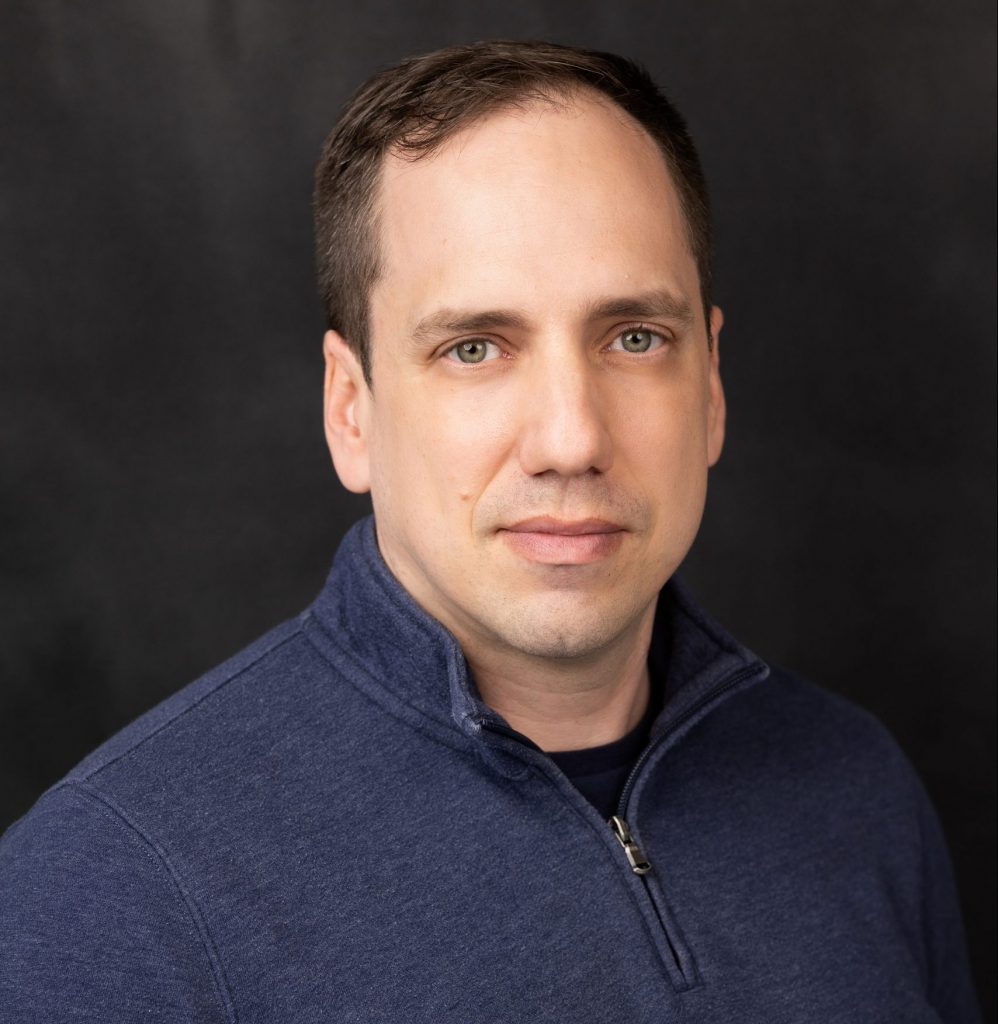

Andy completed his undergraduate degree in physics at the University of Nebraska, Lincoln, and his PhD at Northwestern University working on the CMS detector at the Large Hadron Collider in Geneva, Switzerland. At CMS, he worked primarily on the endcap muon Cathode Strip Chamber detectors as well as the hadronic calorimeter. His thesis work was focussed on precision electroweak cross section measurements of Z bosons with early LHC data. Following this, Andy moved to a postdoctoral position at Texas A&M University working on SuperCDMS, focussing on cryogenic semiconductor detector R&D and background modeling for both SuperCDMS and the MINER reactor coherent elastic neutrino-nucleus scattering experiment.
At SNOLAB, Andy works on the SuperCDMS and CUTE projects. At SuperCMS, he spends most of his time getting the experiment up and running, particularly with respect to the cryogenics needed to get the detectors down to the 10s of mK temperature required to operate. At CUTE, he works with facility operation and upgrades, as well as developing new projects which will benefit from the facility.
What does a typical day at SNOLAB look like for you?
On a typical day, I’ll head to SNOLAB’s underground lab to work on equipment at SuperCDMS and CUTE. During the day, you would also find me often connected to discussions with colleagues from all over the world, working on analysis of data to hopefully find that dark matter signal.
Why did you choose physics?
I have been interested in astronomy since I was a little kid. When I got a bit older and started learning more, I got lost in the physics behind the astronomy, and from there… here I am! (I still love astronomy as well)
What is something in your career you are proud of?
I’ve been able to be a part of multiple experiments during their early stages of construction and first data, when everything is a mess and nothing seems to work. I’m proud of being able to help to figure out the problems and contribute to some amazing experiments.